Hedera (ivy)
Shade-tolerant, easy to grow and evergreen, ivies have a lot to offer gardeners. Their dense growth and nectar-rich flowers are useful for wildlife too.
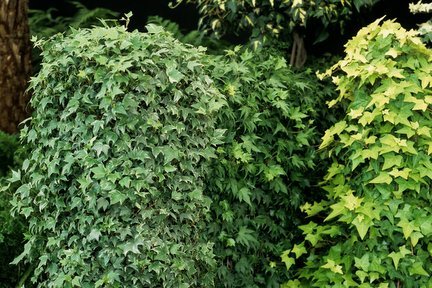
Cultivation notes
Growing well almost anywhere, ivies are remarkable for their shade tolerance – and for the fact that they also grow well in full sun. They make excellent groundcover, quickly covering difficult areas such as dry shade, stabilising the soil and providing year-round greenery. Another useful attribute is that the climbing forms are self-clinging, which means that it’s not necessary to attach any kind of fixing if you want to grow them up walls or fences.
Ivies are generally unfussy as to their soil requirements, as long as the site isn’t waterlogged. Common ivy (Hedera helix) grows best in alkaline soils: in acidic conditions try Persian ivy (Hedera colchica) or Algerian ivy (H. algeriensis). Commonly-available sorts are all hardy, although H. algeriensis may suffer in severe winters in particularly cold areas of the UK.
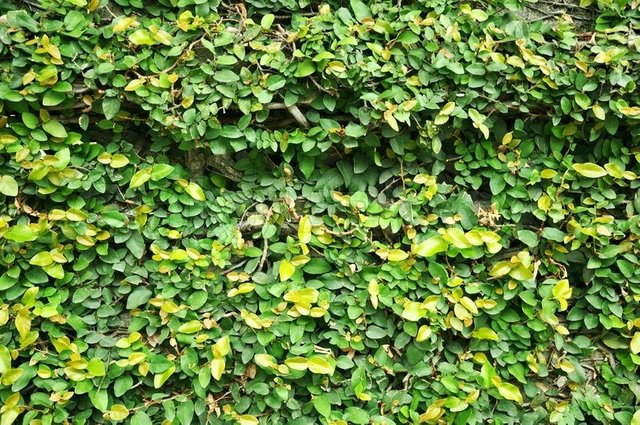
Growth habit - juvenile and adult
A notable feature of ivies is that they have two distinct phases of growth. In their juvenile stage plants send out long stems that seek vertical surfaces, growing rapidly upwards and holding on with adventitious roots (i.e. roots that grow from the stems instead of below soil). Once plants are well established (normally after around 10 years), growth switches to the adult phase. The leaves change shape, becoming un-lobed, growth becomes shrubby and covered with flowers in autumn and berries that ripen over winter and the following spring or early summer.
Regular pruning will maintain ivies in a self-clinging, non-flowering juvenile state. For maximum wildlife value, however, it is best to allow adult growth to develop. Some cultivars are available suspended in particular states – for example ‘Arborescens’ and ‘Ice Cream’ are both adult-only plants, which means they are bushy, non-climbing and flower every year.
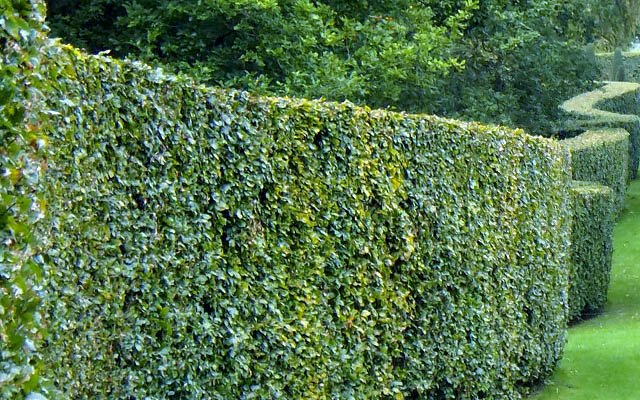
Garden use
Perhaps the most versatile garden plants of all, ivies can adapt to almost any situation, growing well as climbers, groundcover, houseplants or as topiary.
Vigorous climbing cultivars of Hedera helix are especially useful for hiding eyesores, providing an evergreen backdrop to other planting and creating wildlife habitats. Coloured-leaf and variegated cultivars can lighten up dark shady areas; H. colchica, H. hibernica (Hibernica Group) and large-leaved forms of H. helix are particularly useful as groundcover in shade. Hedera hibernica is salt tolerant and grows particularly well by the sea.
Miniature and Pittsburgh cultivars of ivy adapt well to life in pots, even making excellent houseplants and topiary. (Pittsburgh ivies have been selected to be more compact and less vigorous). They are often available as bedding plants during the winter months, which are well worth keeping once spring comes.
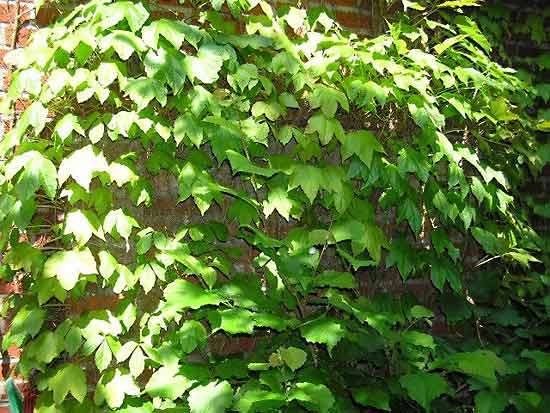
Pruning and training
Pruning is straightforward – trim back any excess growth in mid-spring. This is particularly recommended for Hedera colchica as it produces fewer self-anchoring roots and may become top heavy and prone to wind damage.
Occasionally cultivars with coloured, variegated or unusually-shaped leaves will revert to plain green – simply remove these shoots as soon as you see them.
Overgrown plants can be hard pruned in early spring: they regenerate readily from old wood.
Small-leaved cultivars can be trained over wire frames as topiary, tying new shoots into the metal frame.
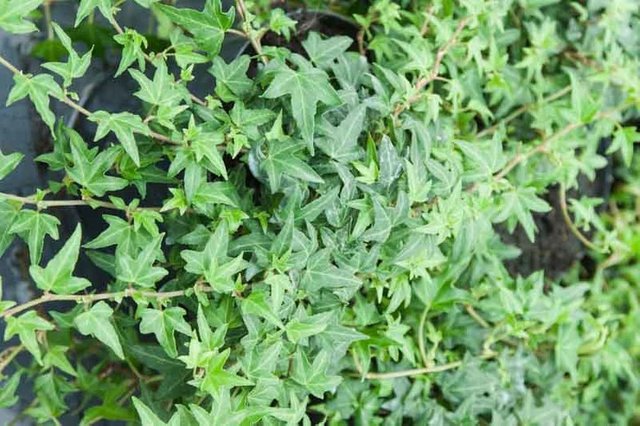
Propagation
Ivies are easy to propagate from semi-ripe cuttings of climbing shoots in late summer. Simply place sections of stem with at least two leaves into open, well-drained potting medium and cover with a plastic bag. Keep in a bright place that’s out of direct sunlight and remove the bag once new growth is visible.

Cultivar Selection
There are many ivies to choose from. Below is a small selection;
Hedera algeriensis 'Gloire de Marengo' (v) AGM - vigorous climber with large, triangular or ovate dark green and grey-green leaves margined with creamy-white
H. algeriensis 'Ravensholst' AGM - vigorous climber with triangular-ovate, glossy dark green leaves to 20cm in length, sometimes tinged purple in winter
H. colchica 'Dentata' AGM - very vigorous climber with drooping ovate rich green leaves to 25cm in length, sometimes slightly toothed
H. colchica 'Sulphur Heart' (v) AGM - vigorous climber with broadly ovate leaves to 20cm in length, dark green with a central splash of yellow and yellow-green
H. helix 'Arborescens' - non-climbing form; bushy, produces abundant flowers and fruit
H. helix 'Buttercup' AGM - climber with broad, bluntly lobed, bright yellow leaves (pale or greenish in shade)
H. helix 'Ceridwen' (v) AGM - compact with 3-lobed leaves in green and yellow; makes a good houseplant
H. helix 'Congesta' AGM - non-climbing dwarf shrub with stiffly erect shoots crowded with small, slightly lobed leaves arranged in two ranks; non-flowering
H. helix 'Maple Leaf' AGM - climbing shrub with dark green leaves cut deeply into 5 narrow, toothed lobes, the central lobe the longest
H. helix 'Midas Touch' (v) AGM - small climber with reddish stems, with triangular to heart-shaped leaves boldly splashed with golden-yellow on a bright green background; makes a good houseplant
H. helix 'Parsley Crested' AGM - climber with broad, entire or slightly lobed leaves with crisped margins; no flowers
H. hibernica 'Spetchley' AGM - very small leaves deeply divided into three narrow lobes; no flowers
H. pastuchovii 'Ann Ala' AGM - elegant climber with dark green, undivided, oblong leaves 5-9cm long, heart-shaped at the base, with paler veins
magoo-2 found a series of multi accounts of a same owner is following your articles to cheat your generous rewards.
magoo-2 found these accounts are suspicious & can be multi accounts of a single owner. Conclusion is based on last 1 year transactions:
@jacqueline5
@african1
@merina
@marizanne
@miller1
@jerry1994
@aarshi
@nawmi
@maisha
@jenifer2
@masud1
@jerry2
@selina2
@bingham
@mulder2000
@umess
@neerose123
@diaa07
magoo-2
Check our latest multi comment spam update report